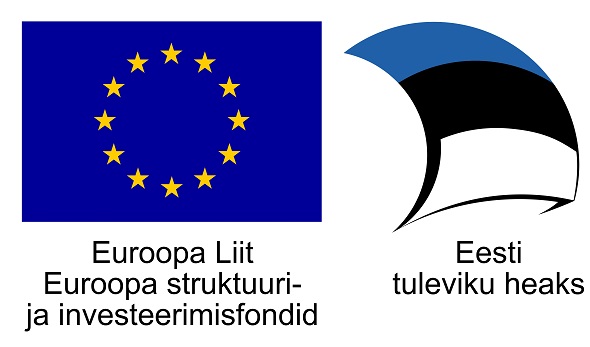The Baltic Goes Digital contest winning projects come from Estonia and Poland
 On July 23rd, 2012 the jury of The Baltic Goes Digital contest, comprising of: Iwona Bigos (PL), Andreas Broegger (DEN), Martin Koplin (GER), Ryszard W. Kluszczyński (PL) and Anna Zalewska (PL) chose 3 equal, winning projects from Estonia and Poland, which will be realized and exhibited in Gdansk City Gallery in Autumn 2012 and on Art Line web page.
On July 23rd, 2012 the jury of The Baltic Goes Digital contest, comprising of: Iwona Bigos (PL), Andreas Broegger (DEN), Martin Koplin (GER), Ryszard W. Kluszczyński (PL) and Anna Zalewska (PL) chose 3 equal, winning projects from Estonia and Poland, which will be realized and exhibited in Gdansk City Gallery in Autumn 2012 and on Art Line web page.
Baltic Agora by Klaudia Wrzask & Matuesz Pęk (Poland)
“The plan of the imaginary Baltic Digital City is based on a 3D topographic map of the Baltic Sea bottom. The project will function as a web platform. Any network user can become a builder of the city and his or her contribution to the construction will depend on his or her location relative to the centre – the agora of the Baltic City. The optic centre of the image of the inverse bottom is the Landsort depth (North West of Gotland). On its top, or in fact in its very bottom, we located the agora of the Baltic City.”
Audio Elsewhere by Marek Dybuść (Poland)
“Audio Elsewhere Project is an attempt to provide a casual listener with an opportunity to audibly experience a place where he/she is not present. The remote place within the Baltic Countries region will be hearable and experienced by means of a live binaural recording transmitted to the visitor’s headphones. The signal will be sensitive to the head movements of the listener – thus enabling him/her to focus the ‘artificial ears’ on a chosen sound source. The project aims at providing the audience member with an entirely realistic audiosphere of a distant place and the ability to audibly <look around>.”
Baltic Sea Radio by Vavara Guljajeva & Mar Canet Sola (Estonia)
“We would like to make use of the sea traffic for artistic purposes and offering a novel sonic experience to the audience. We propose a sound installation that reflects upon local ships’ movements in real-time. We aim to make use of these relevant factors of the sea traffic and apply them as a score for a sound composition. Moreover, the real-time composition or then current flux of sea will be broadcasted online. It constitutes, the artistic content will be shared and constantly present in the form of a radio. Thus, the art project will expand beyond a gallery environment.”
Baltic Agora by Klaudia Wrzask and Mateusz Pęk
The jury was struck by the creativity of the proposal. The idea of seeing the Baltic Sea as a city, using a 3D topographic map of the sea bottom and inversing it distinguishes the project from other proposals. The artists present us with a possible model for an imaginary city which can be automatically processed. The future city is being developed by internauts from countries taking part in the project. It is built up through our connectivity and in that way it points to issues that are already happening or will be unavoidable in the future.
Audio Elsewhere by Marek Dybuść
The project mixes an interesting technological concept with a youthful dream of not being in only one place at the same time. The proposed sound installation plays with the senses through an immersive audio experience that evokes a remote place which is visually inaccessible. The experience is parallel to the situation today where a part of our consciousness and senses are already in other places through media that we use on a daily basis – social networks, skype, mobile phones etc. This project in an original way elaborates on the phenomena. What is more, listeners are invited to create their own urban visions and interact with the work.
Baltic Sea Radio by Varvara Guljajeva and Mar Canet Sola
In the project there is an exciting mixture and a dialogue between well-known media, like radar and radio, combined with opportunities offered by geopositioning and the use of internet. What distinguished the project is the idea of drawing a parallel between marine and city traffic and a presentation of Baltic cities being networked via ships. Baltic Sea Radio makes the fascinating yet hermetic world of sea communication accessible to everyone.
All three projects outstand remaining applications with their visionary character and the fact that they all include information processes and networks. The chosen projects engage the audience to take active part and therefore influence the shape of the works. Due to the use of locative media, these real-time based art works transgresses the local place of presentation by including one or more remote locations which unites the Baltic states.





